|
|
Creepiest Insects
25) Giant Long-Legged Katydid (Malaysia)

Inhabiting the mountainous slopes of Malaysia, these huge enormous insect eating insects are the largest katydids in the world.
24) Hickory Horned Devil (North America)

These solitary nocturnal caterpillars curl up into a “j” shape during the day that resembles bird droppings.
23) Antlion (Worldwide)

Also known as doodlebugs, the larvae eat ants (hence the name) while the more mature antlions move on to consuming nectar and pollen.
22) Giant Walking Stick (New Guinea, New Caledonia, and the Solomon Islands)

Not only does it blend in to look like a stick, if you do manage to spot it and it feels threatened, depending on the species it may try to squirt you with vomit, feces, or blood.
21) Wheel Bug (North America)

They generally feed upon soft bodied insects which they pierce with their beak in order to inject poison that dissolves their insides.
20) Scorpion Fly (Worldwide)
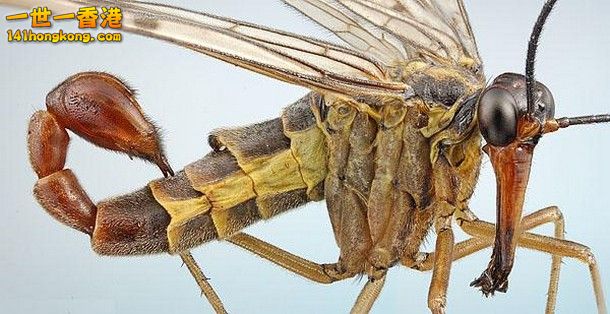
In scorpion fly society, females choose mates based on the quality of gift prey they offer.
19) Maggot of a Bluebottle Fly (Worldwide)
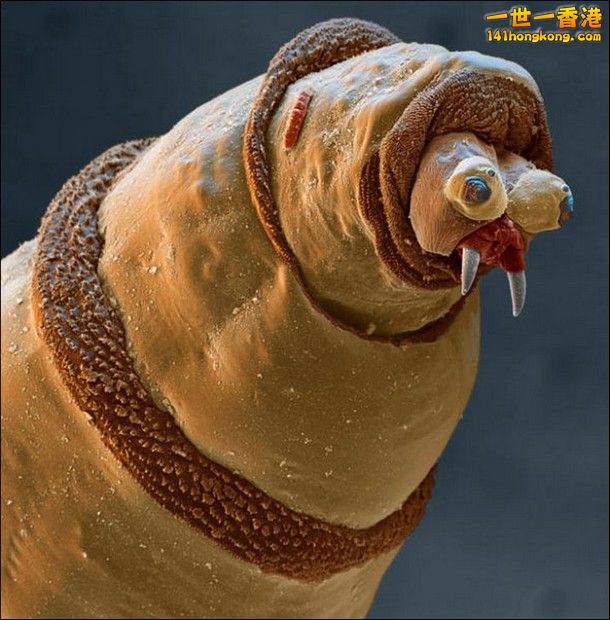
Not only are they born in feces, it is also their first meal.
18) Goliath Beetle (Botswana, Namibia and South Africa)

Among the largest insects on Earth, Goliath beetles have been reared in captivity using commercial cat and dog food.
17) Titan Beetle (Venezuela, Colombia, Ecuador, Peru, the Guianas, and north-central Brazil)
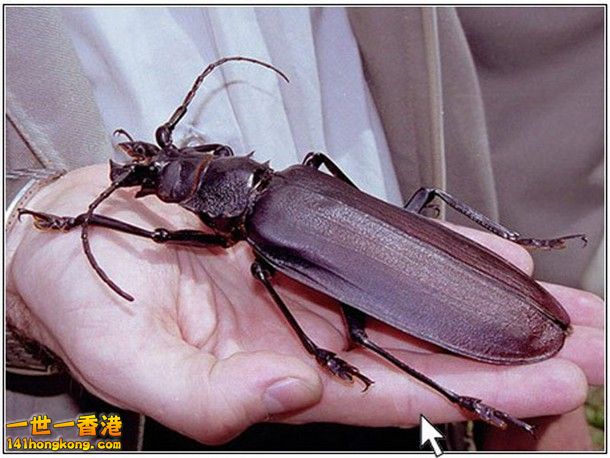
It’s sharp mandibles are notorious for being able to slice a pencil in half and easily tear through human flesh.
16) Rhinoceros Cockroach (Australia)
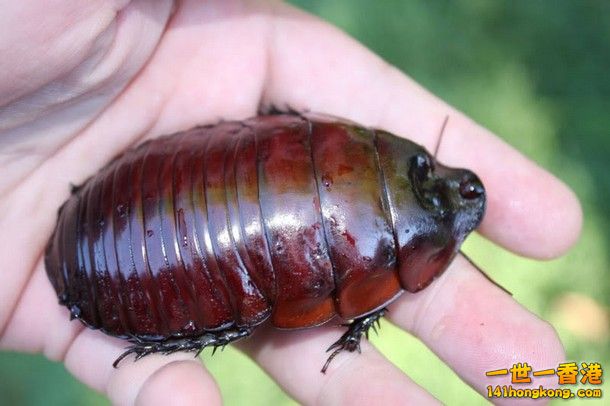
Also known as litter bugs, these Australian roaches are the world’s heaviest cockroach species.
15) European Earwig (Europe)
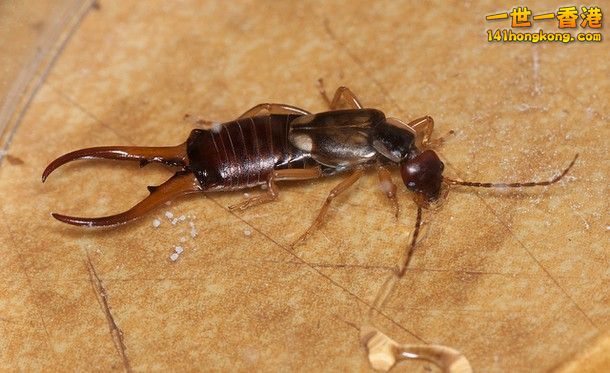
It got its name from a false superstition that these insects crawl into the ear of a person and enter their brain.
14) Elephant Beetle (Caribbean and the continent of South America)
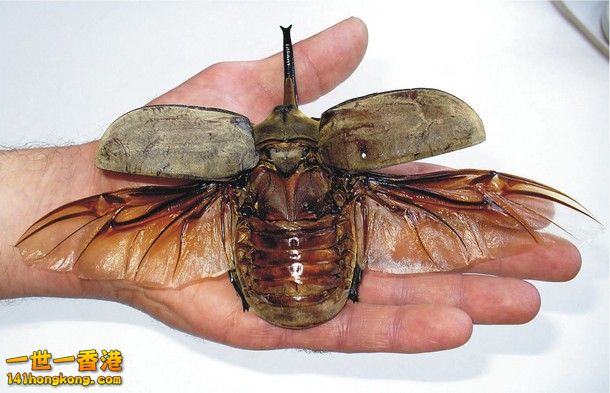
Recently the Pentagon funded research at the University of California to outfit these beetles with electrodes that make them remote controlled.
13) Horse Fly (Worldwide)
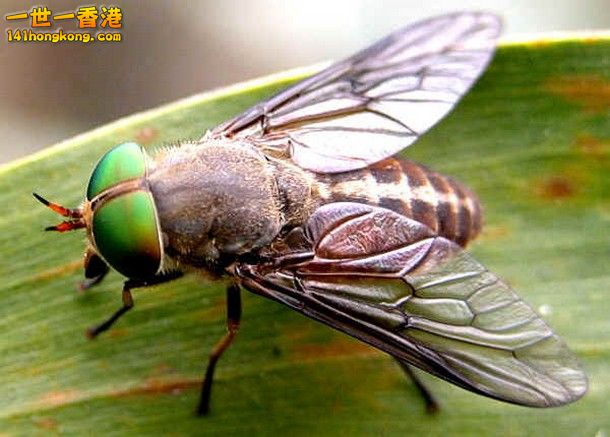
Female horse flies require a meal of mammalian blood prior to breeding.
12) Thorn Bug (Southern Florida)
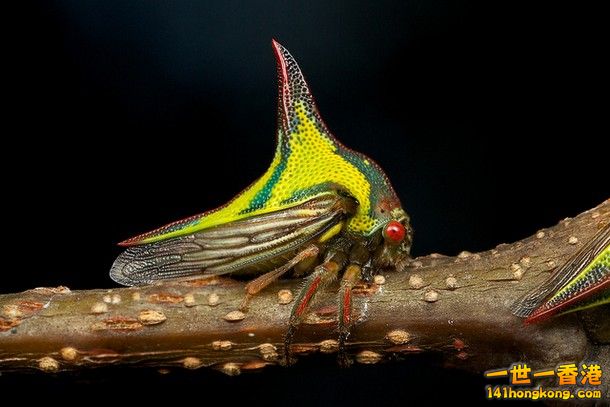
Although this one was found in the United States, these bugs live everywhere except Antarctica. They are named after the large thorn sticking out of their head.
11) House Centipede (Worldwide)
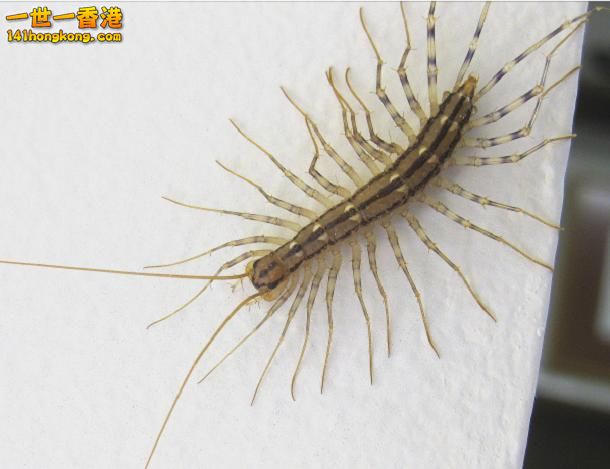
Like several of the other insects on this list, this insect is an insectivore (it eats other insects) and it lives in human homes.
10) Tarantula Hawk Wasp (New Mexico, U.S.A.)

This spider wasp hunts tarantulas as food for its larvae.
9) Tsetse Fly (Africa)
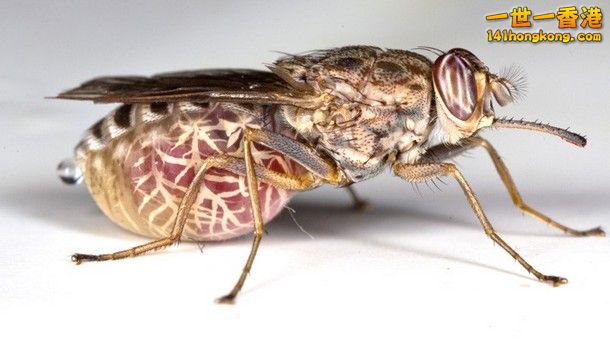
These large, biting flies inhabit much of mid-continental Africa and feed on the blood of invertebrates.
8) Brahmin Moth Caterpillar (Bhutan)
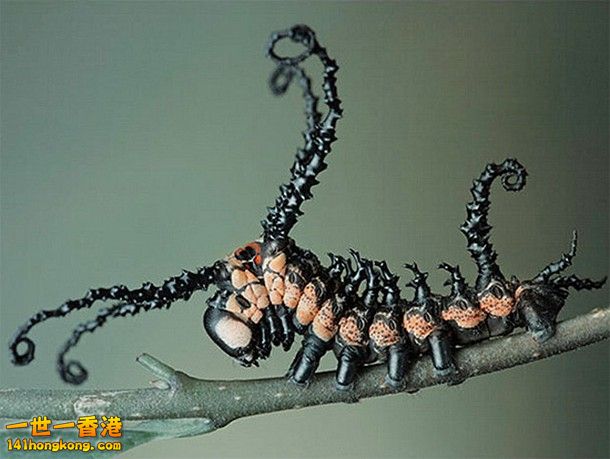
Probably one of the more terrifying caterpillars on the planet, these guys have a very effective defense mechanism.
7) White Ermine (Eurasia)
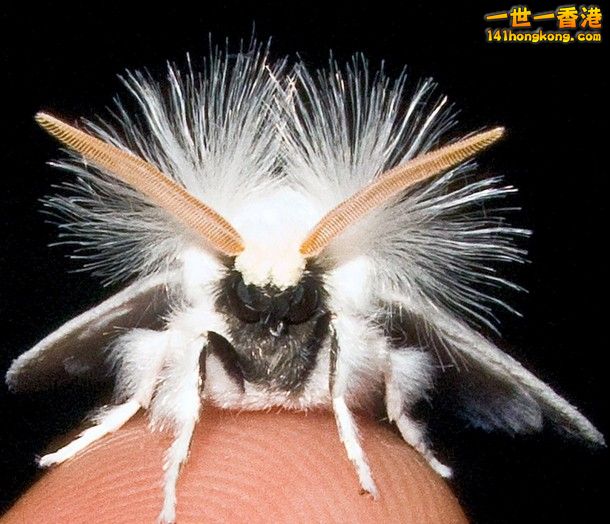
These poisonous moths inhabit much of Europe and Asia.
6) Silkworm Caterpillar (northern China, Korea, Japan, India and far the eastern regions of Russia)
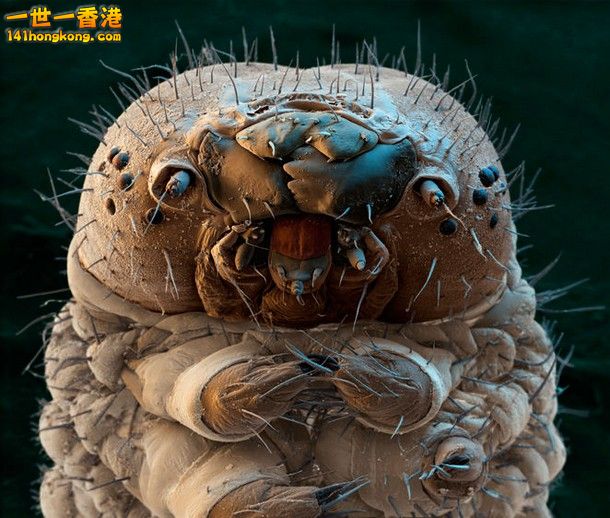
Bred for thousands of years to produce silk, these are strictly domestic caterpillars and their reproduction does not take place in the wild.
5) Japanese Giant Hornet (Japan)
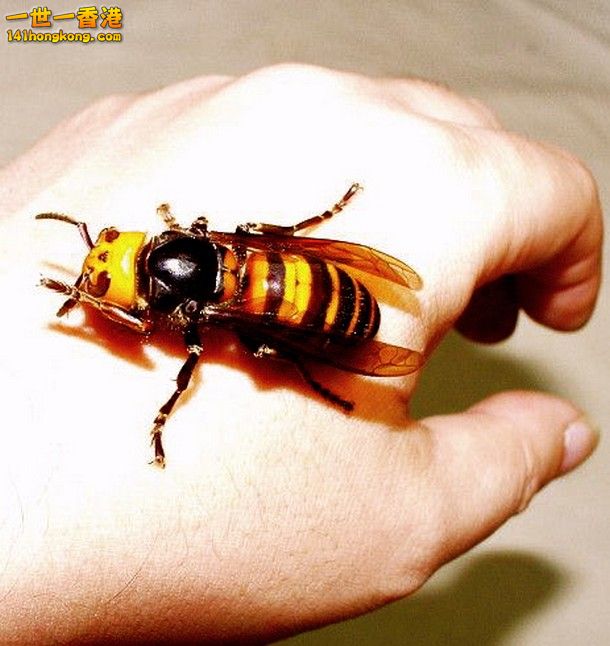
In Japan it is hard for bee farmers because the Japanese Giant Hornet considers bees to be among its favorite delicacies.
4) Brown Sulawesi Plume Moth (Indonesia)
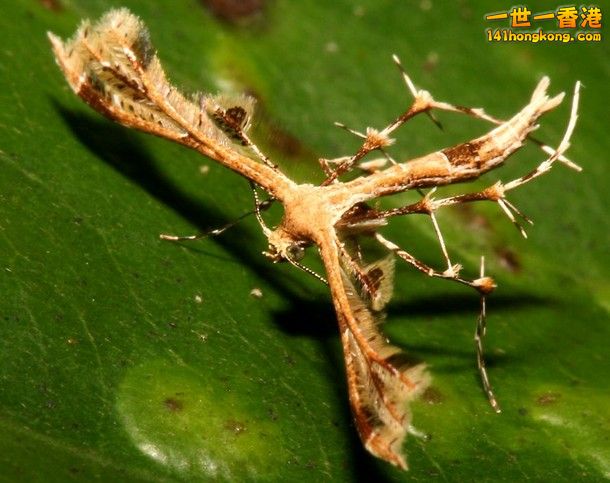
With only 3 plumes, this plume moth doesn’t do the species justice. Some can have up to 20.
3) Devil’s Flower Mantis (Ethiopia, Kenya, Malawi, Somalia, Tanzania, and Uganda)

These mantis’s follow a policy of aggressive mimicry. Their behavior varies but typically they climb a plant and stay still on the flower until their prey comes by.
2) Brazilian Treehopper (Brazil)
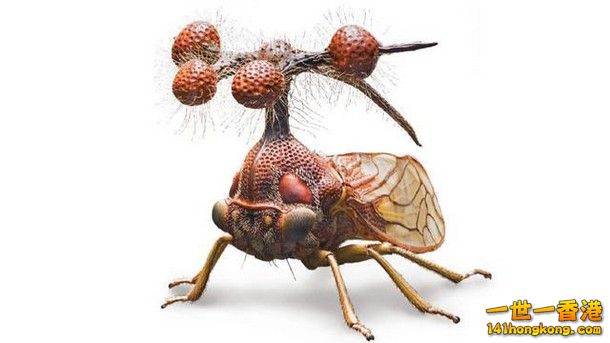
Closely related to thornbugs, these guys have much more than just a thorn growing out of their head.
1) Giant Weta (New Zealand)

Endemic to New Zealand, in 2011 a weta was found that weighed 71 grams.
|
|